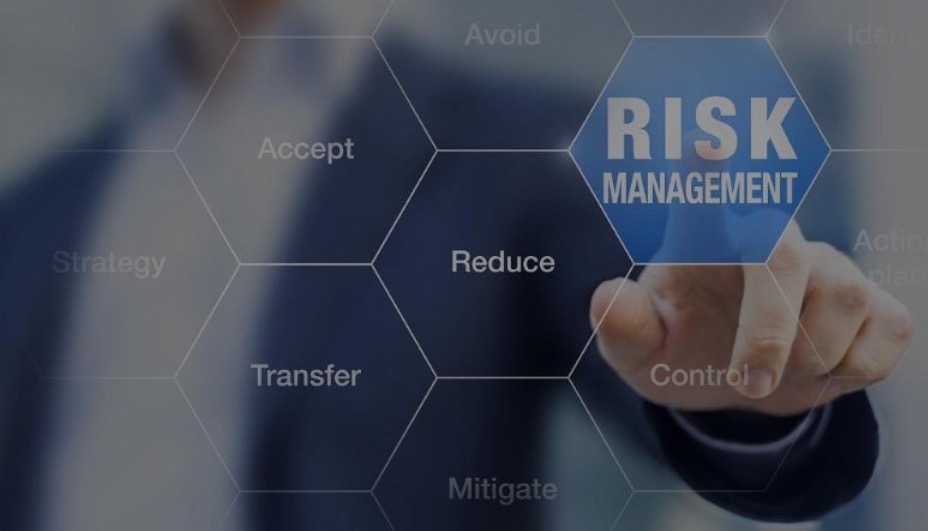In an increasingly unpredictable world, the importance of executive protection has never been more pronounced. High-profile individuals—whether they are corporate leaders, celebrities, or government officials—face a myriad of threats that can arise from any corner.
Top-tier executive protection training goes beyond the basics; it immerses participants in complex scenarios that demand quick thinking, adaptability, and advanced skills. From navigating potential ambushes to managing personal security during large-scale events, the training is designed to prepare operatives for real-world challenges.
In this article, we will delve into three essential scenarios that form the backbone of elite executive protection programs, equipping agents with the tools they need to safeguard their clients in an ever-evolving landscape of risks.
1. Threat Assessment and Risk Management

In the realm of executive protection, the assessment of threats and the subsequent management of risk stand as foundational pillars of any effective training program. This intricate process begins with a comprehensive evaluation of potential hazards, ranging from personal threats to unforeseen environmental factors.
Security professionals must delve deep into understanding not just the overt dangers, but also the subtleties that may lurk beneath the surface—these could include social dynamics, political climates, or even the unpredictable behavior of individuals. Beyond identification, mastering the art of prioritizing these threats based on likelihood and severity is crucial; this allows for the development of tailored response strategies.
Furthermore, the fluid nature of risk demands an adaptive mindset. Operators must remain vigilant and ready to pivot their tactics as situations evolve, ensuring the protection of their principals is not only reactive but also preemptively strategic.
Subtle nuances, quick decision-making, and the ability to foresee potential pitfalls are what distinguish elite protectors in a field where every second counts.
2. Crisis Response and Emergency Evacuation Protocols

In the realm of executive protection, crisis response and emergency evacuation protocols stand as vital lifelines during threatening scenarios. When chaos ensues—be it due to natural disasters, civil unrest, or targeted attacks—the ability to remain calm and execute a well-rehearsed plan becomes paramount.
Training equips agents with the skills to assess risks swiftly, identify safe egress routes, and facilitate the secure extraction of principals amidst turmoil. Imagine a sudden ambush: executive protection operatives must navigate the unpredictable landscape, making split-second decisions that could mean the difference between safety and danger.
Furthermore, comprehensive drills that simulate high-stress environments enhance the team’s agility and responsiveness, ensuring that every member knows their role impeccably. Ultimately, the effectiveness of these protocols not only hinges on extensive preparation but also on the seamless coordination of all involved, ready to turn potential disaster into a controlled and organized evacuation.
3. Personal Security Measures and Situational Awareness

In the realm of executive protection, personal security measures and situational awareness are paramount for ensuring the safety of high-profile individuals. These elements are not merely about vigilance; they encompass a comprehensive understanding of one’s environment, the ability to anticipate potential threats, and the practical steps to mitigate risks.
For instance, recognizing behavioral cues in a crowded venue can signal an emerging threat before it escalates. Additionally, training in defensive tactics, rapid decision-making, and emergency response empowers executives to navigate crises with confidence.
It’s a delicate dance of maintaining a low profile while being acutely aware of the surrounding dynamics—an essential skill set in todays unpredictable world. Ultimately, cultivating a mindset of proactive security awareness can spell the difference between a routine outing and a precarious situation.
Conclusion
In conclusion, top-tier executive protection training equips professionals with the essential skills and knowledge to navigate a variety of high-stakes situations. By focusing on critical scenarios such as threat assessment, counter-surveillance, and crisis management, these programs prepare individuals to effectively safeguard their clients.
As the landscape of risks continues to evolve, investing in comprehensive training not only enhances the safety of executives but also instills confidence in their ability to handle unforeseen challenges. Ultimately, this proactive approach to executive protection ensures that clients can operate securely in an increasingly complex world.


